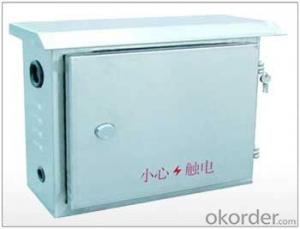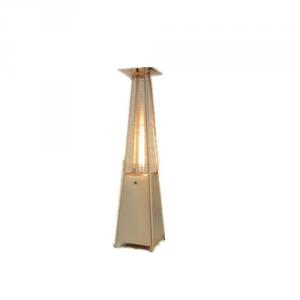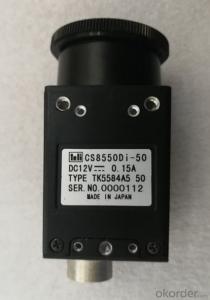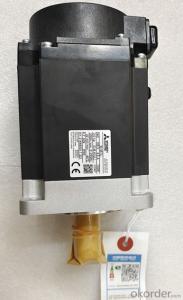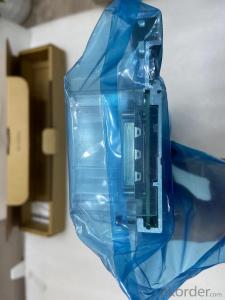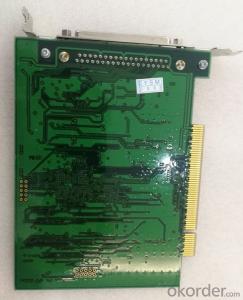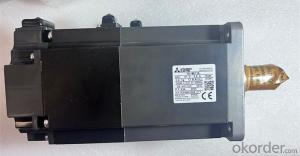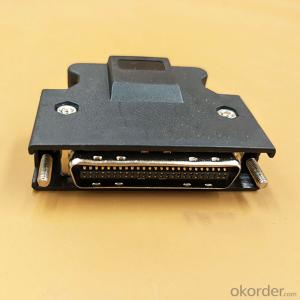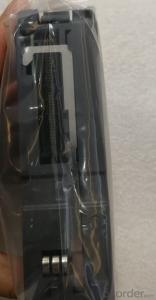Bento Box Stainless Steel
Bento Box Stainless Steel Related Searches
Stainless Steel Bento Box Stainless Steel Bento Boxes Stainless Steel Bento Bread Box Stainless Steel Stainless Steel Box Stainless Steel Bread Box Stainless Steel Boxes Stainless Steel Bench Stainless Steel Litter Box Tool Box Stainless Steel Stainless Steel Breadbox Bentgo Stainless Steel Mailbox Stainless Steel Stainless Steel Tool Box Stainless Steel Box Chain Bending Stainless Steel Stainless Steel Litterbox Stainless Steel Junction Box Blender Stainless Steel Stainless Steel Cat Litter Box Stainless Steel Benches Stainless Steel Bin Stainless Steel Smoker Box Stainless Steel Box With Lid Toolbox Stainless Steel Stainless Steel Tool Boxes Stainless Steel Basket Stainless Steel Mailbox Stainless Steel Tubing Bender Stainless Steel Waste BasketBento Box Stainless Steel Supplier & Manufacturer from China
Bento Box Stainless Steel is a collection of high-quality, durable, and eco-friendly food containers designed to meet the needs of individuals who want to carry their meals conveniently. These products are made from premium stainless steel materials, ensuring that they are both sturdy and long-lasting. The Bento Box Stainless Steel is perfect for those who want to reduce their plastic waste and opt for a more sustainable, reusable option for their daily meals.The Bento Box Stainless Steel is widely used in various scenarios, such as office lunches, school meals, picnics, and outdoor activities. Its compact and stackable design allows for easy storage and transportation, making it a practical choice for people on the go. The airtight seal ensures that the food remains fresh and the contents do not spill, providing a hassle-free experience for users. Additionally, the Bento Box Stainless Steel is easy to clean and maintain, further adding to its appeal.
Okorder.com is a reputable wholesale supplier of Bento Box Stainless Steel products, boasting a large inventory that caters to the demands of various customers. With a commitment to providing top-notch products and exceptional service, Okorder.com has established itself as a trusted source for those seeking high-quality Bento Box Stainless Steel containers.
Hot Products
